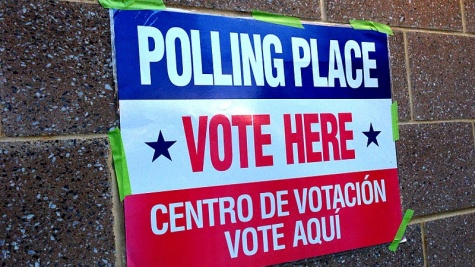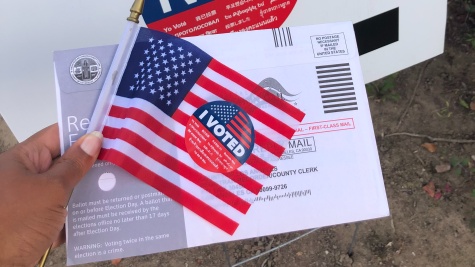The Impact of Polling Places on Voting
The MIT Election Data and Science Lab helps highlight new research and interesting ideas in election science, and is a proud co-sponsor of the Election Sciences, Reform, & Administration Conference (ESRA).
Christopher Mann and Robert Stein recently presented a paper at the 2019 ESRA conference entitled, “The Impact of Polling Place Practices on Voting.” Here, they summarize their analysis from that paper.
Efforts to increase voter participation have largely focused on designing more efficient and convenient ways to bring voters to the polls on and before Election Day, or to reduce the burden of voter registration. But an underappreciated determinant of voter participation is the attributes of location at which we vote.
The location, staffing, and operation of polling places may have an independent effect on voter turnout. The accessibility of polling places, the time it takes to check-in and to vote, and the experiences voters have with poll workers and the polling place environment can deter, obstruct and prevent persons from voting.
Drawing on a nationwide study of polling places attributes in the 2016 and 2018 elections, we estimate the effects of a wide range of polling places attributes on the voter turnout. We organize these polling place attributes into:
- contemporaneous attributes expected to impact turnout in the immediate election, and
- downstream attributes expected to impact turnout only in future elections.
Our current analysis finds significant relationships between turnout in the contemporaneous 2016 election and two important polling place attributes observed in 2016 polling places. First, the visibility of the polling place (e.g. a visible address, name, signs, and flags) is associated with a 4 percentage point increase in turnout. Second, a high quality interior of the polling place (rated “excellent” by observers) was associated with a 2.5 percentage point increase in turnout. However, other attributes expected to have a contemporaneous impact, based on past research and/or theory, did not show evidence of significant relationships. Further, examining 2018 turnout reveals no support for expected downstream impacts of any polling place attributes.
In sum, we find important effects from polling place attributes for scholars, election administrators, and policy-makers to ensure polling places do not deter voters, while also suggesting that many aspects of polling places may not have significant impact on turnout, although these attributes often have important impacts on voter confidence in elections.



